Harvesting Peas Correctly Very Much Depends On The Type You Are Growing
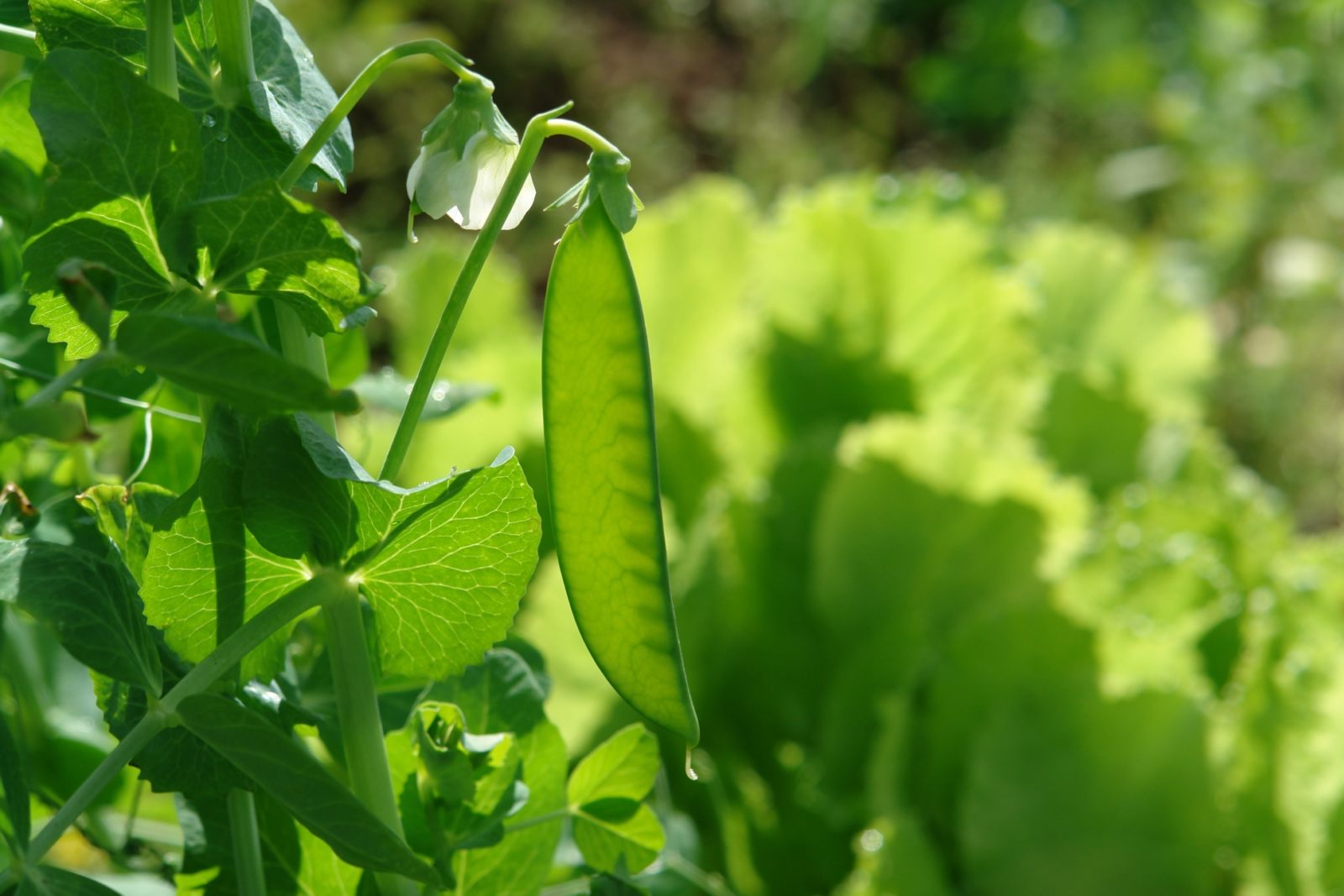
VEGETABLES > PEAS > HARVESTING

Elizabeth is a Permaculture Garden Designer, Sustainability Consultant and Professional Writer, working as an advocate for positive change. She graduated from the University of St. Andrews with an MA in English and Philosophy and obtained a Diploma in Applied Permaculture Design from the Permaculture Association.
Reviewed By PETER LICKORISH

Peter is a Horticulture Lecturer and self-employed Horticulturist, with a passion for diverse areas of the industry - from garden design to the science behind plant growth and propagation. He has completed the Royal Horticultural Society’s Master of Horticulture (MHort) Award and lectures on RHS courses at Bedford College.
Contributions From EMILY CUPIT

Emily is a Gardening Writer, Photographer and Videographer from Derbyshire, UK. She is the Founder of Emily's Green Diary - a community of more than 75,000 people who share in her gardening journey.
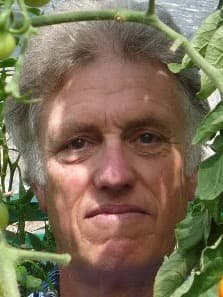
Adam Alexander is best known for his work in the collection and preservation of rare, endangered and heirloom fruit and vegetable seeds, including his work with the Heritage Seed Library. He published his first book ‘The Seed Detective’ in 2022, has produced several documentaries about his journey and also delivers talks all over the world.
IN THIS GUIDE
Peas are one extremely popular crop to grow in your garden, and once you taste them fresh from your vegetable beds, you will understand why so many people choose to grow this vegetable.
“I can’t imagine a dish without some of my favourite peas from my garden,” shares The Seed Detective Adam Alexander.
Peas are relatively easy to grow and care for.
They are a legume that takes atmospheric nitrogen and makes it available in the soil, helping to maintain soil fertility.
If you are thinking about growing peas, then you should know that there are a number of different options to choose from and the options you choose will dictate when you will harvest them.
When it comes to harvesting peas:
- Peas grown for pea shoots can be harvested any time, during early stages of growth.
- Mangetout, or snow pea types are harvested when the pods are still flat, and around 7cm long.
- Sugar snap peas are typically harvested when the peas within the pods have started to develop. (Again, when the pods are around 7-8cm long).
- Typical garden peas (shelled from the pods) are harvested when the pods are well filled and the peas within have reached a good size before the peas begin to harden up. Peas can be felt within the pod, and the pod should be fully green.
- Peas to dry and use as a pulse, and soup peas are left until they mature more fully, and are typically harvested when the pods begin to dry out.
It is very important to think about what you would like to grow and which part of the peas you would like to eat when choosing varieties and determining the best time to harvest your crop.
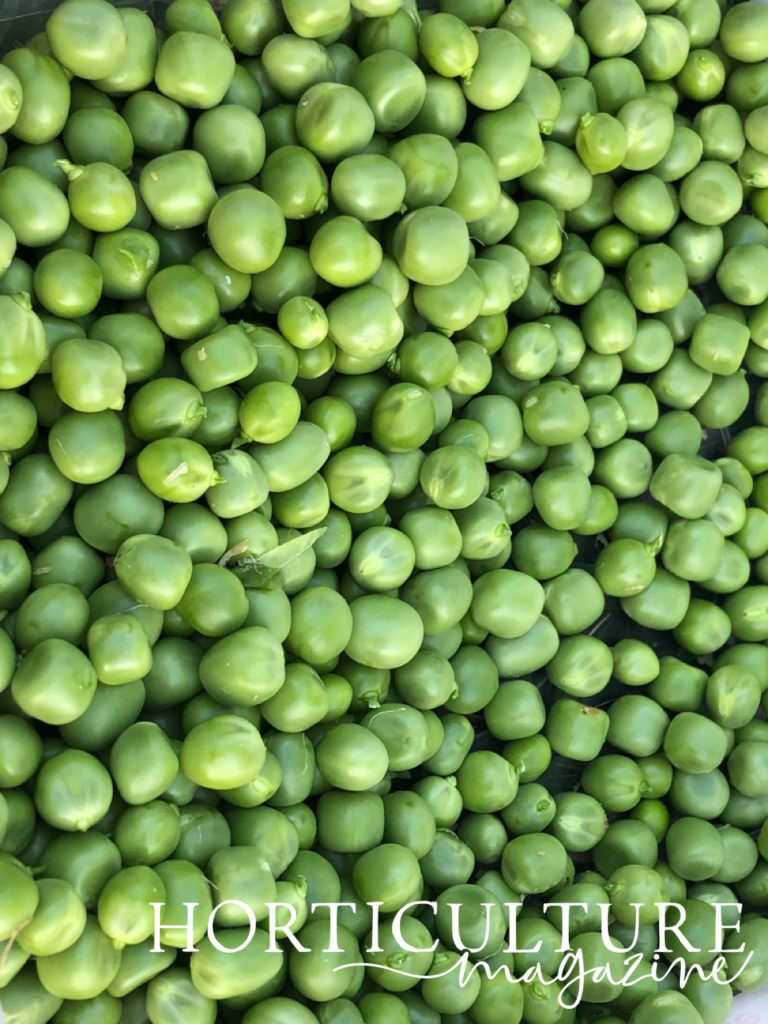
We have listed the ways in which you should harvest (and when) different varieties of peas:
1) Pea Shoots
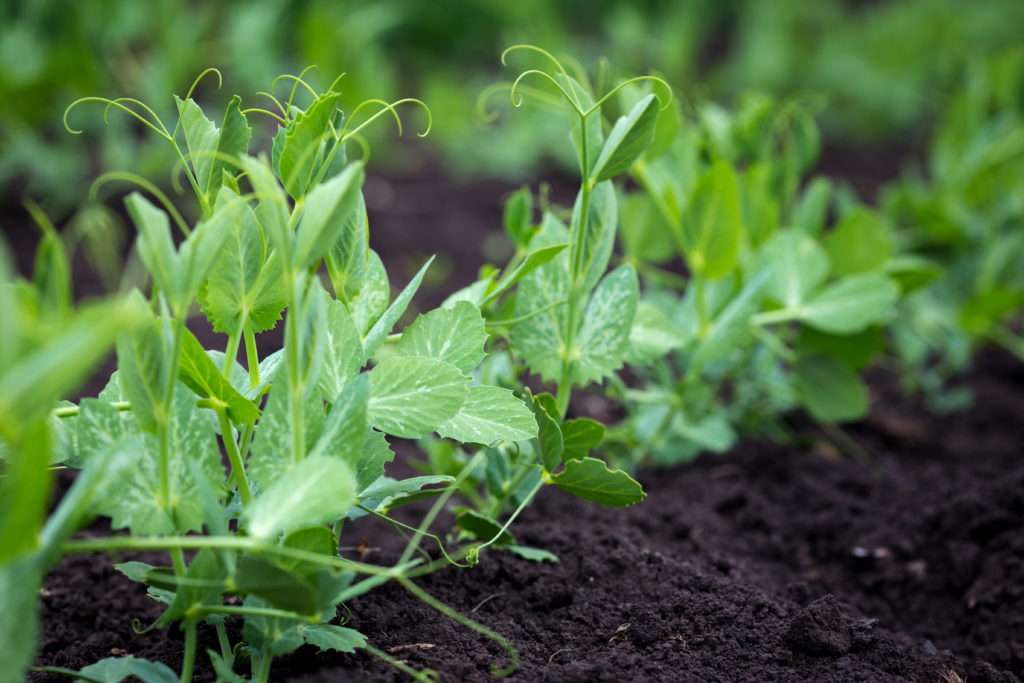
The first thing that it is interesting to consider is that peas can also be eaten as pea shoots during their early growth.
Some people will grow peas in containers simply to harvest the shoots alone – a good crop for small spaces.
You can also harvest the occasional side shoot from a plant that you also wish to harvest pods or peas from later in the season.
As long as you take side shoots and leave the main stems to grow, you should be able to get a few pea shoots for salads and also enjoy your main harvest later.
2) Mangetout
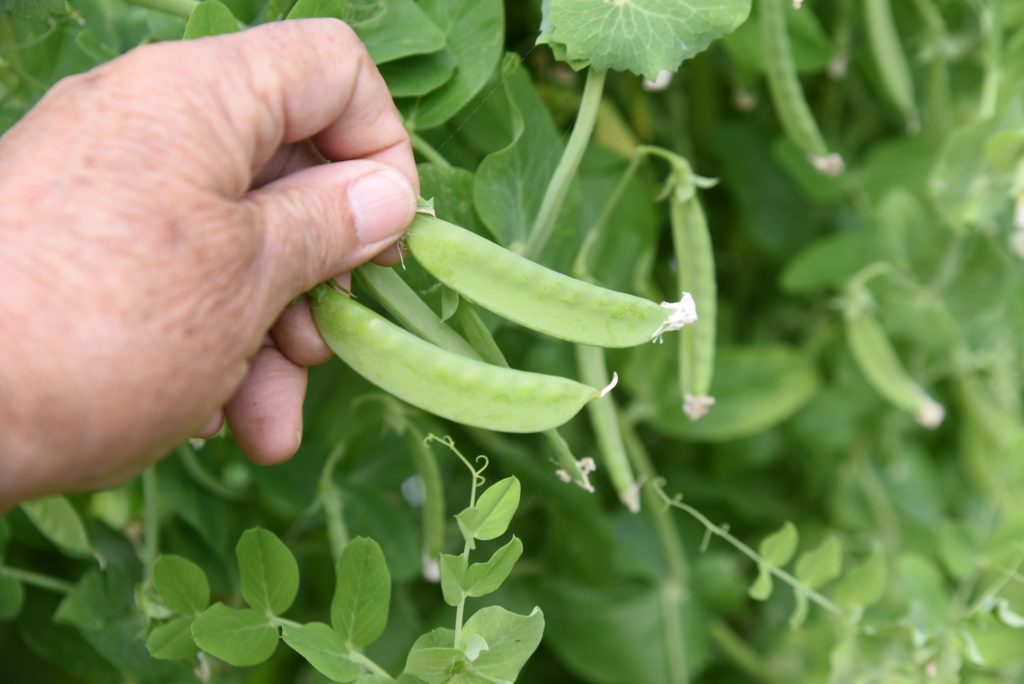
Aside from pea shoots, the quickest harvest that you can get from peas are mangetout.
Mangetout pea varieties, also sometimes known as ‘Snow Peas’, are pea varieties with which you eat the pods and any peas forming inside.
With this type, you can harvest as soon as the pods appear.
However, to maximise your harvest it is best to hold off harvesting until the pods are around 7cm long or so.
Once they reach this size, it is important to keep up with harvesting, since if you pick them promptly, more should be produced.
3) Sugar-Snap Peas
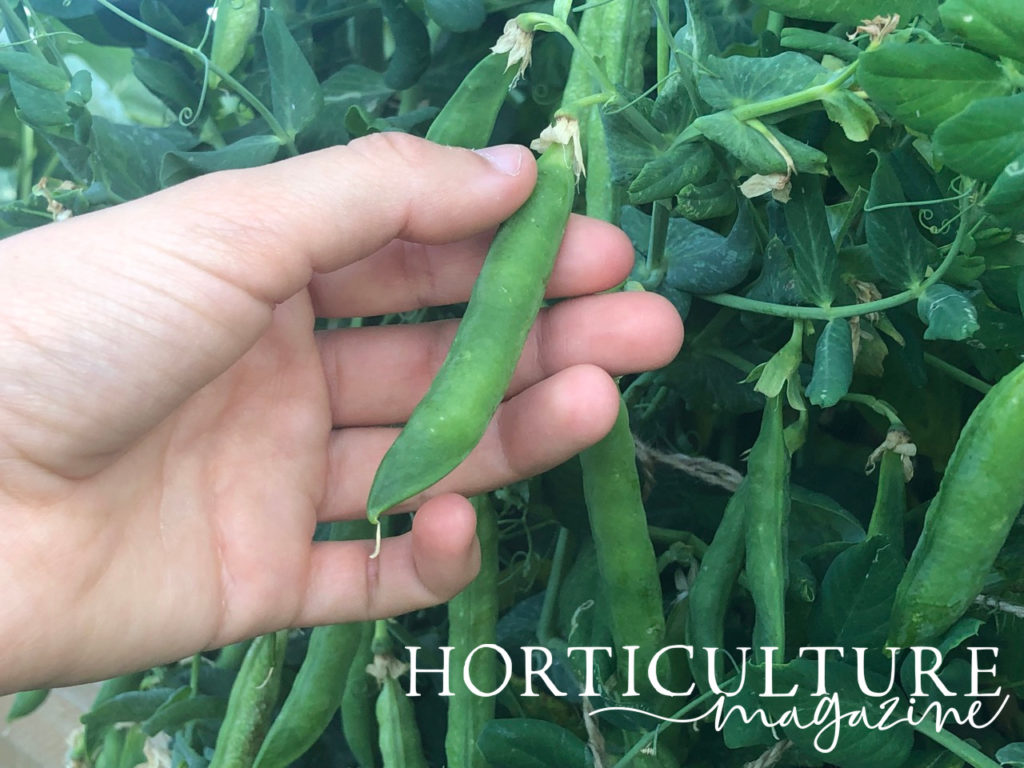
Sugar snap peas are also eaten whole, with the pods and the peas inside forming part of the harvest.
However, with sugar snaps you will usually see the peas forming within the pods, rather than them remaining flat.
Again, you should harvest regularly and promptly, picking the pods when they are around 7-8cm long.
4) Shelling Peas

When growing garden peas that are not meant to be eaten in the shell, the size of your harvest will be somewhat smaller.
There will also be a little more work involved in the actual harvesting process since you will not just pluck pods from the plants and use them as they are – you will also have to shell the peas from the pods once you have picked them.
Wait until the pods are plump and full and you can see the peas inside almost filling the space when you hold the pod up to the light.
Make sure to pick the pods before they begin to dry out and while they are still glossy and fresh looking.
5) Pulse Peas
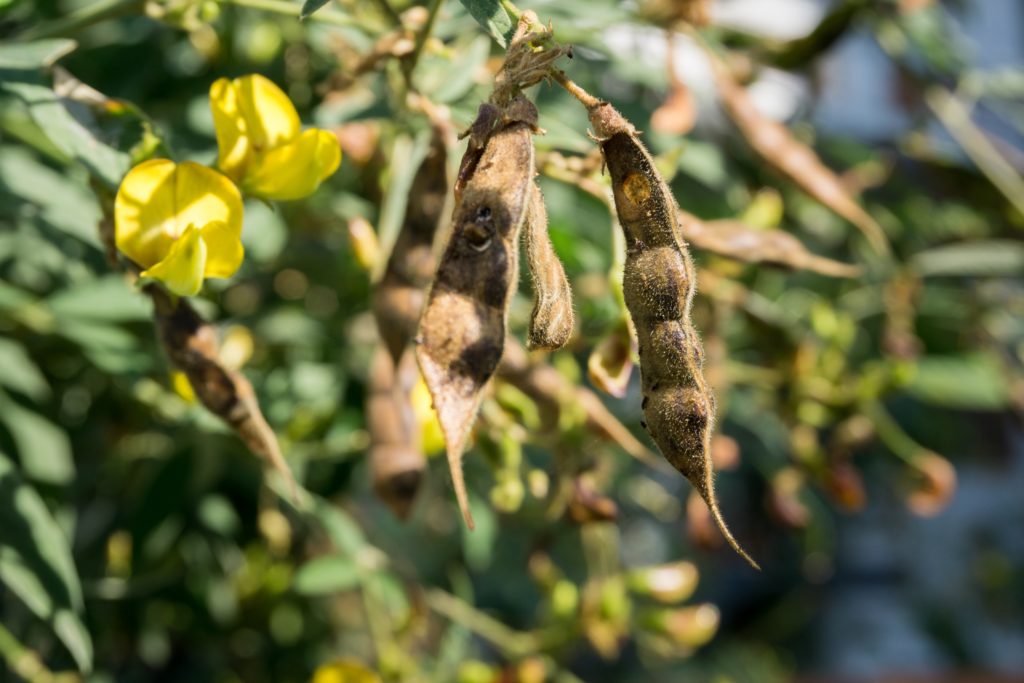
While most garden peas are harvested while they are still fresh and bright green, some peas are left to mature further and dry out for use as a pulse, or for making soups later in the year.
It is perhaps less common to grow these types but they can be well worth considering if you would like to be able to eat peas from your garden all year-round.
With these types for soups or drying, you will typically leave them on the plant to mature to the stage where the pod begins to dry out and turn brownish in colour.
They are sometimes known as field peas.
How To Harvest Peas

As you can see from the above, there is no one clear answer as to the stage at which peas should be harvested, since this depends on the varietal and type of pea you have chosen to grow and the harvest that you wish to obtain from the plant.
But harvesting peas is simply a case of nipping off the part you want with a finger and thumb.
You can process and store these as you wish or you can use them right away.
Fresh peas can always be frozen if you want to store them for later in the year.
“You can save the seeds of heirloom varieties of pea and get a plant with similar qualities,” shares Peter Lickorish, a Master Horticulturist.
“It is still possible to harvest peas for eating, but remember to stop harvesting around four weeks before the end of the harvest window for the plant, to allow the last pods to produce fully developed seeds.
“This would often be in late July.
“Once the pod has become brittle and brown, collect the seed on a dry day and ensure it is completely dry before sealing it in a glass jar.
“Place them somewhere cool and dark, before sowing next year.”
If you sow, grow and care for your peas correctly, you could be eating peas from your garden, in one form or another, all year long.
